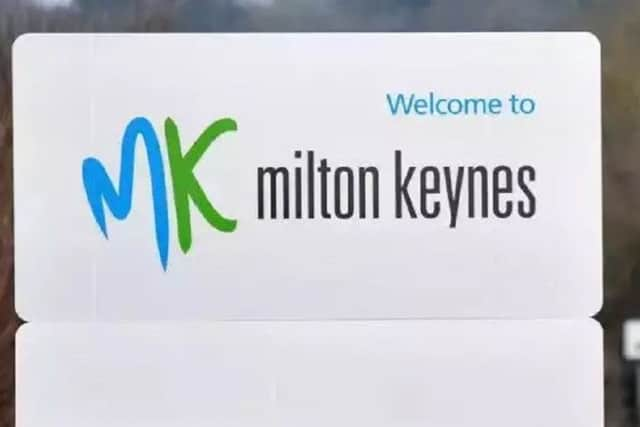'˜A tale of two cities' Why are so many people leaving Milton Keynes?
and live on Freeview channel 276
Meanwhile homelessness is soaring, one in four children are living below the poverty line, and private rents are rising 26 per cent faster than the average household income.
All the figures were revealed this month in MK Community Foundation’s Vital Signs 2018 report, which analyses the current challenges and successes facing Milton Keynes.
Advertisement
Hide AdAdvertisement
Hide AdThe report describes how internal migration figures show the rise in residents moving on to live elsewhere is now higher than the number of people moving into the city.


But the MK population continues to grow regardless because the city still sees more births than deaths, and because international migration is rising.
The report details how Milton Keynes remains a “tale of two cities” with both huge economic success stories and families struggling to make ends meet.
Employment is good and 136,000 people are in jobs. The median weekly wage for workers is £576 - £24 higher than the national average.)
Advertisement
Hide AdAdvertisement
Hide AdBut homelessness is almost double the national average, with one in 110 people in Milton Keynes are homeless, compared with one in 206 in England.


And poverty in some areas, particularly Woughton, Eaton Manor, Campbell Park and Stantonbury wards, remains well above the UK average. Partly to blame is MK’s ‘rent to wage lag’ - the difference between private rents rises and household wages, states the report.
Meanwhile one of Milton Keynes’ strengths is its diversity, according to Vital Signs.
Researchers discovered minority ethnic pupils now make up 43 per cent of the total in MK primary schools.
Advertisement
Hide AdAdvertisement
Hide AdThey state: ”To put this in regional and national context, we are more diverse than the rest of the South East at primary school, where 22 per cent of pupils are Minority Ethnic.”
You can view Vital Signs 2018 at www.mkcommunityfoundation.co.uk
READ MORE:
Advertisement
Hide AdAdvertisement
Hide Ad